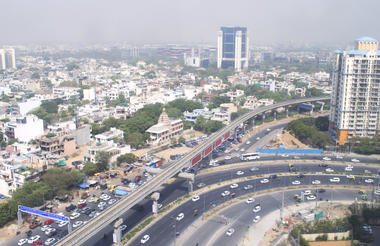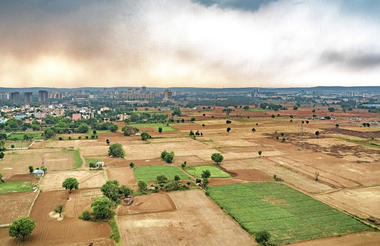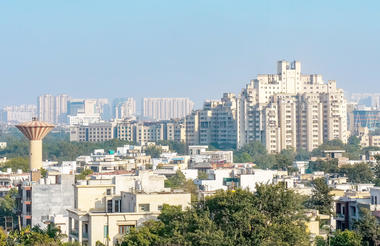India’s capital, New Delhi, lies on the Indo-Gangetic Plain, within the National Capital Territory of Delhi. Made up of the ancient walled city of Old Delhi and the more modern sector, New Delhi, the city encompasses a staggering array of beautiful buildings, including three UNESCO World Heritage Sites – the grand, sandstone Red Fort, striking Qutab Minar, and fascinating Humayun's Tomb. Architecture enthusiasts will delight in the iconic Lotus Temple. Hear ‘qawwalis’ (devotional music) at the dargah (tomb) of the Sufi saint Nizam-ud-din Auliya; or wander through the 17th century Chandni Chowk marketplace – still one of the city’s most popular retail centres today, famous for its traditional jewellery and saris. The gorgeous Sunder Nursery and Lodi Garden provide calm, flower-filled oases for picnicking.
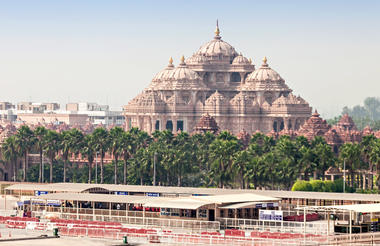

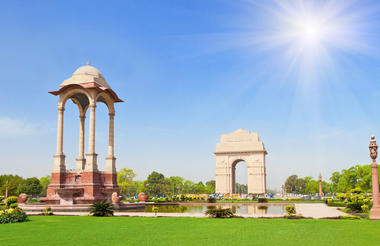
Set on the banks of the Yamuna River in Uttar Pradesh, Agra is a beautiful city famous for its incredible Taj Mahal building, one of the seven wonders of the world. Commissioned by the Mughal emperor Shah Jahan in the 15th century as a memorial to his beloved wife Mumtaz Mahal, this is an architectural masterpiece of exquisite craftsmanship and perfect proportions. The city boasts numerous other superb attractions, including the red-hued sandstone Agra Fort, built in the 16th century; the Shahi Jama Masjid mosque, a 17th-century congregational mosque located in the historic core of Agra, and Itmad-ud-Daulah’s tomb, with its white marble facade embellished with intricate inlaid designs, also called the' Baby Taj'.



Fringed by the rugged Aravali Hills, Jaipur, nicknamed the ‘Pink City’ for its salmon-hued terracotta buildings, is the capital and largest city in the Rajasthan State. This metropolis combines tradition and modernity with its vibrant bazaars, lavish palaces, and ancient temples. Don’t miss the fairy-tale splendour of the Amber Fort, set against the backdrop of the arid landscape and hosting enthralling sound and light shows; the UNESCO-listed Jantar Mantar, a collection of 300-year-old astronomical tools which look like contemporary art; and the opulent City Palace, with its palatial structures, sprawling gardens, and atmospheric courtyards. Jaipur falls within the Golden Triangle, a popular tourist circuit, which includes Delhi, Jaipur, and Agra, and it also serves as a gateway to the neighbouring desert cities of Jaisalmer and Jodhpur.
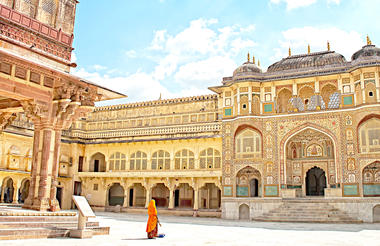


As previously described


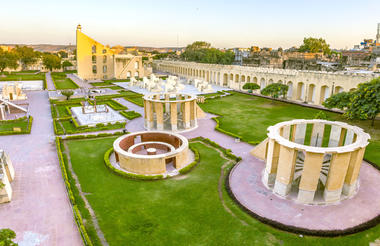
Sawai Madhopur, the lively capital city of the greater Sawai Madhopur District, rests within southeast Rajasthan, on the northern extension of the sprawling Vindhyan Plateau. The city is famous for its flourishing fauna and flora and mouth-watering cuisine. Some of the best ways to experience these local treasures include a meander through enchanting public gardens and a sample of the delicious local dishes at the numerous atmospheric restaurants. Both a history and nature enthusiasts dream, Sawai Madhopur opens a world of enjoyable excursions with some of the most notable attractions being the UNESCO World Heritage Site of Ranthambore Fort; the religiously significant Chamatkar Temple; and the remarkable Ranthambhore National Park, renowned for its abundance of free-roaming wildlife including the majestic Bengal tiger and Indian leopard.
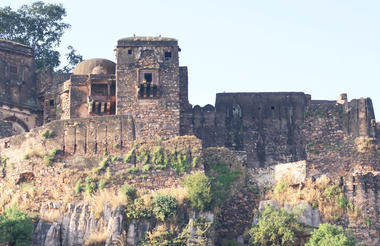
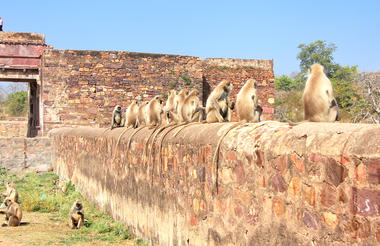
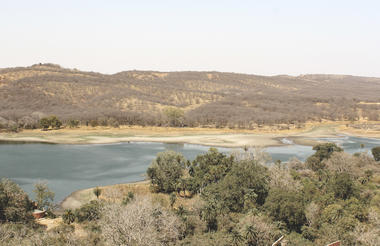
Resting on the sun-drenched plains of Rajasthan, in northwestern India, the city of Shahpura serves as a midway stopover between Jaipur and Udaipur. This city is a little oasis amidst the dry hills of Rajasthan and is a place of pilgrimage for the Ram Snehi, a spiritual and religious group with traditions originating in the early 19th century. Shahpura is primarily untouched by modernity and seems eternally preserved in time. Surrounded by over 250 small lakes, the area is a bird watching paradise and an idyllic setting for visitors to enjoy boating on Shahpura’s picturesque lake. Other attractions include: the Ramdwara Temple, an ancient place of worship; the annual Phooldol Mela, a five-day religious festival; and the ancient, crumbling Dhikhola Fort, a great location for visitors to enjoy evening sundowners with views of the expansive landscape.
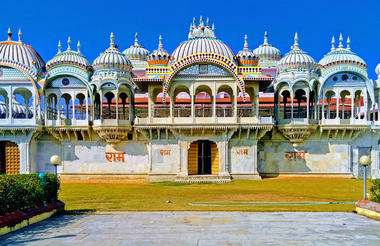
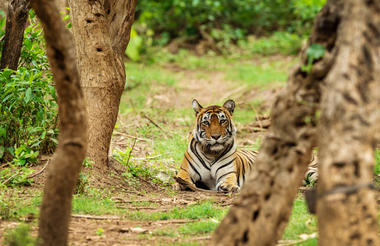
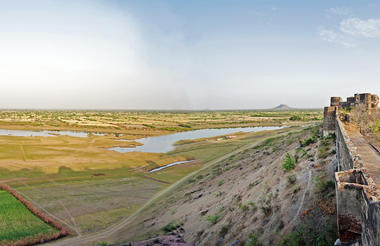
Dubbed the ‘Venice of the East’, the city of Udaipur is built around three interconnected lakes – Lake Pichhola, Fateh Sagar Lake, and the smaller Swaroop Sagar Lake – and is encircled by the hills of the Aravalli mountain range. It is home to an array of ancient temples and fairy-tale-like palaces (several of the latter have been converted into luxury heritage hotels) and is known as one of Rajasthan’s most beautiful and romantic cities. Must-see attractions include the City Palace, the Lake Palace (set on a small island in the middle of Lake Pichola), and the Udaipur Solar Observatory – Asia’s premier solar-gazing site.
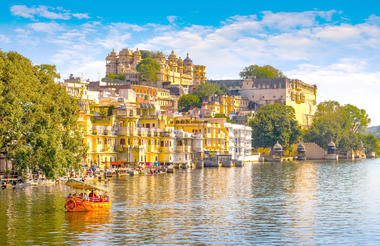
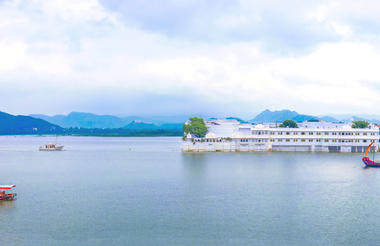
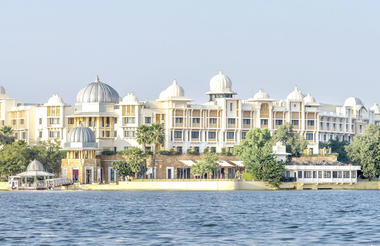
A handful of skyscrapers reach for the sky in the CBD of Gurgaon, a northwestern metropolis in the province of Huryana, near Delhi. Historically known as Guru Gram, the dormant town gathered economic momentum when Indian automobile manufacturer, Maruti Suzuki India Limited, set up a manufacturing plant here in the 1970s. Just a few decades later, half the Fortune 500 companies had opened offices in Gurgaon. Despite the congested urban areas, birding enthusiasts can find respite at Sultanpur Bird Sanctuary, a famous bird-watching spot only 15 km from the city.
